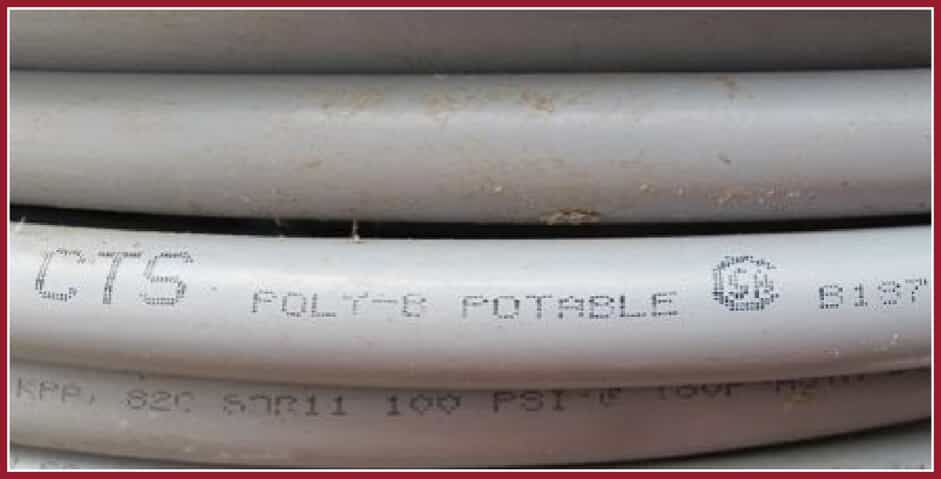
The Polybutylene Pipe Problem: A Defective Plumbing Nightmare
In the late 1970s, polybutylene pipes gained popularity as a cost-effective alternative to copper piping. However, what Georgia Plumbers didn’t realize at the time was that they were installing pipes that would later prove to be defective. This blog explores the issues surrounding polybutylene pipes, how to identify them in your home, and the available remedies for affected homeowners.
The Rise of Polybutylene Pipes
- In the late 1970s, plastic polybutylene resin pipes emerged as a popular alternative to copper piping.
- Plumbers unknowingly installed these pipes, unaware of their inherent defects.
- Complaints about leaking and property damage caused by polybutylene pipes have been ongoing since the early 1980s.
Identifying Polybutylene Pipes in Your Home
- Polybutylene pipes are primarily blue, grey, or black in color.
- Check your water meter area for blue plastic pipes, while indoor plumbing typically utilizes grey poly pipes.
- The water heater area is another common location to find polybutylene pipes.
The Polybutylene Pipe Settlement
- A class action settlement established in 1995 provides relief to homeowners affected by polybutylene pipes.
- Homeowners may qualify for a free plumbing replacement if their polybutylene pipe system has leaked or is currently leaking.
- Claims had to be filed by May 1, 2009, and as of the date of this blog, no additional financial assistance is available.
The prevalence of defective polybutylene pipes has been a source of concern for homeowners since the 1980s. If you suspect that your home has polybutylene pipes, it is crucial to take action. Identify the pipes, consider filing a claim through the Polybutylene Pipe Settlement, and explore plumbing replacement options. For reliable plumbing services and further guidance, contact our office or use our online booking system. Protect your home from the risks associated with polybutylene pipes and ensure the integrity of your plumbing system.







